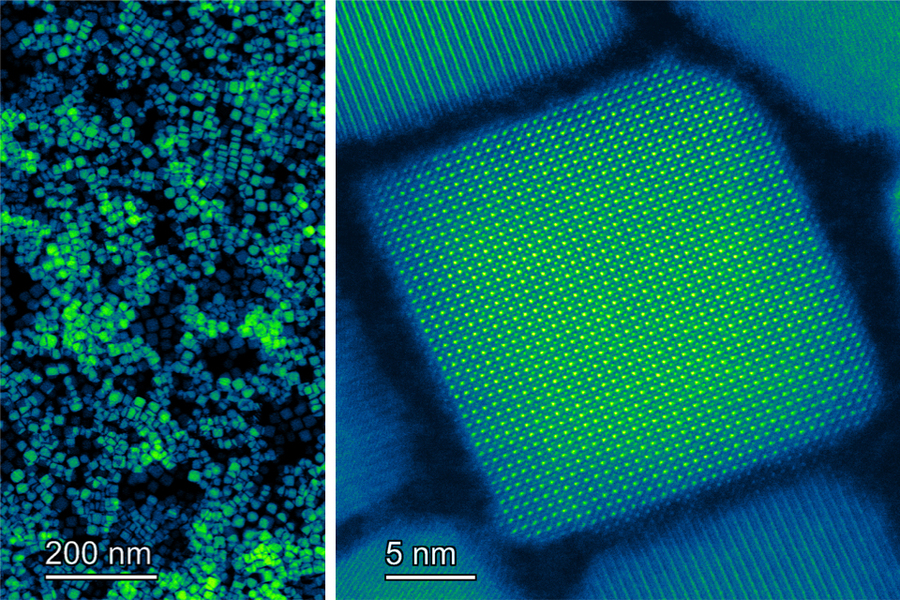The new discovery of potential new solar photovoltaic materials’ capabilities might pave way to new optically based quantum computers and quantum teleportation devices for communication.
Researchers at MIT have shown that nanoparticles of materials that have been widely studied as potential new solar photovoltaics can emit a stream of single, identical photons.
It has been about two decades since the idea of using light instead of physical objects as qubits has been proposed. In this case, ordinary mirrors and optical detectors would suffice to control qubits and enter and extract data from them instead of the complex and expensive equipment.

According to Alexander Kaplan, graduate student at MIT, who along with Moungi Bawendi, professor of chemistry and six others at MIT wrote the paper in which the results appear, with qubit- like photons, a quantum computer can be built with just ‘household’ linear optics, if photons are appropriately prepared.
Photons Used
Single photons that are identical and indistinguishable are made to interact with each other. The indistinguishability allows them to interact in ways that are nonclassical.
The source should be well defined quantum mechanically. The researchers used a form of lead- halite perovskite nanoparticles. Thin films of lead-halide perovskites are pursued as potential next- generation photovoltaics. In nanoparticle form, lead- halide perovskites have very fast cryogenic radiative rate and this sets them apart from other semiconductor nanoparticles. The output is likely have well defined wavefunction for faster light emission and the high radiative rates of lead- halide perovskite nanoparticles make it possible for them to emit quantum light.
Hong-Ou-Mandel interference is used to confirm indistinguishability of photons. The new source produce HOM interference only half the time but are very scalable and making them a lot is also possible.
Kaplan believes that even though the materials are currently unoptimized, they can be integrated into devices and improved further. Bawendi adds that they are confident that integrating the emitters into an optical cavity will bring their properties up to the level of competition.
The research was supported by the U.S. Department of Energy and the Natural Sciences and Engineering Research Council of Canada.












